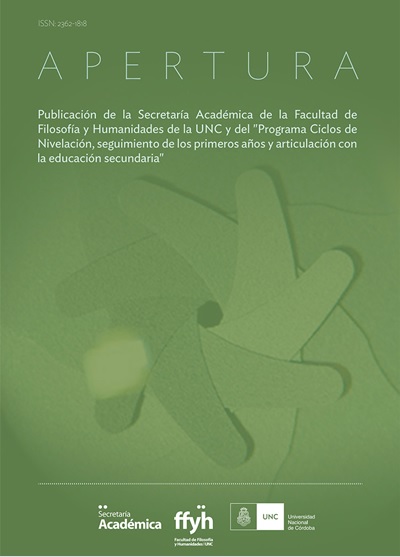Figures, diagnostic errors and consequences
Main Article Content
Abstract
It is common for doctors to make the mistake of transforming data, numbers or information into a clinical diagnosis. Thus we confuse a figure of glucose with diabetes, or of blood pressure with hypertension or of body weight with obesity. An essential procedure of good practice, which is clinical reasoning, the role of the physician, is omitted. One has to think if that glucose value is in fasting, if the blood pressure is at rest or the body weight is of a two-meter athletic male or of a patient with gastric by-pass. In short, incorporate the data, the information, to the patient and only then think if it is normal or pathological, if he is healthy, sick or performs effectively its treatment. After processing the biology of the medical information, we must add the biography of that human being and make it more complex in its emotional and social environment. Only after this cognitive process that requires an acute listening with a personalized life history, we can approach the diagnosis and consequently the treatment options.
Article Details

This work is licensed under a Creative Commons Attribution-NonCommercial 4.0 International License.
Aquellos autores/as que tengan publicaciones con esta revista, aceptan los términos siguientes:- Los autores/as conservarán sus derechos de autor y garantizarán a la revista el derecho de primera publicación de su obra, el cuál estará simultáneamente sujeto a la Licencia de reconocimiento de Creative Commons que permite la generación de obras derivadas siempre que no se haga con fines comerciales. Tampoco se puede utilizar la obra original con fines comerciales.
- Los autores/as podrán adoptar otros acuerdos de licencia no exclusiva de distribución de la versión de la obra publicada (p. ej.: depositarla en un archivo telemático institucional o publicarla en un volumen monográfico) siempre que se indique la publicación inicial en esta revista.
- Se permite y recomienda a los autores/as difundir su obra a través de Internet (p. ej.: en archivos telemáticos institucionales o en su página web) después del proceso de publicación, lo cual puede producir intercambios interesantes y aumentar las citas de la obra publicada. (Véase El efecto del acceso abierto).

